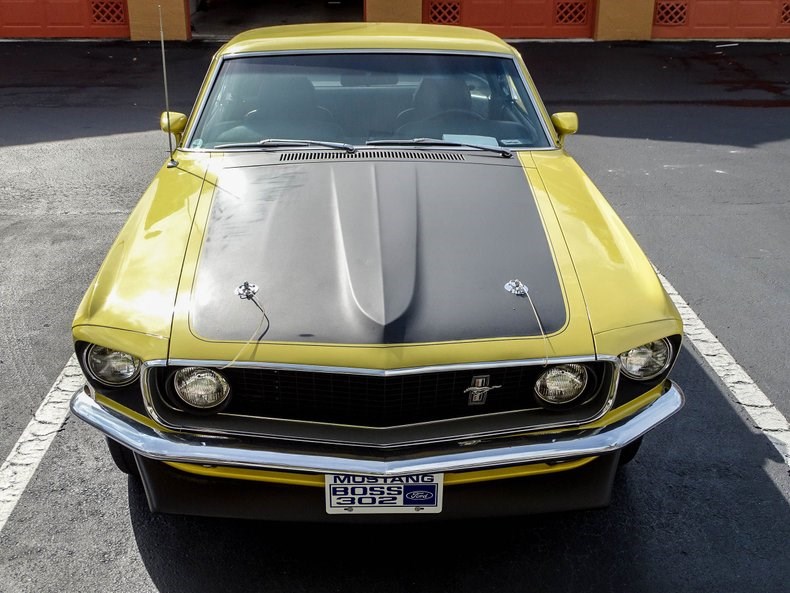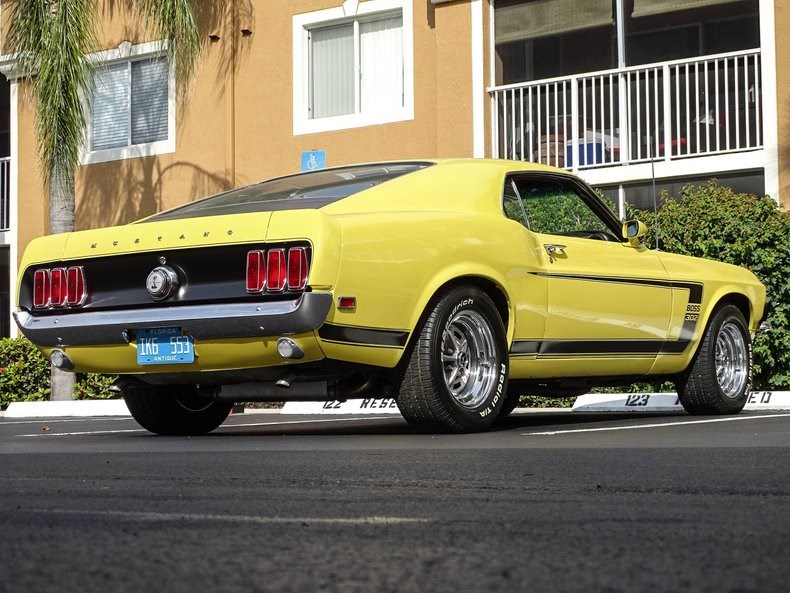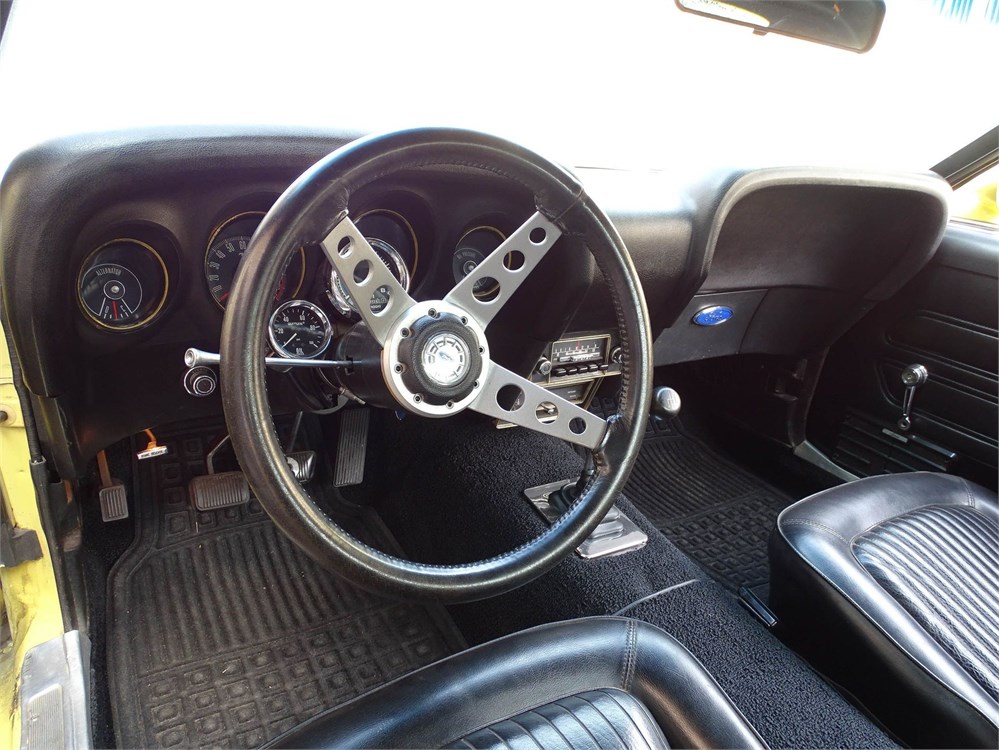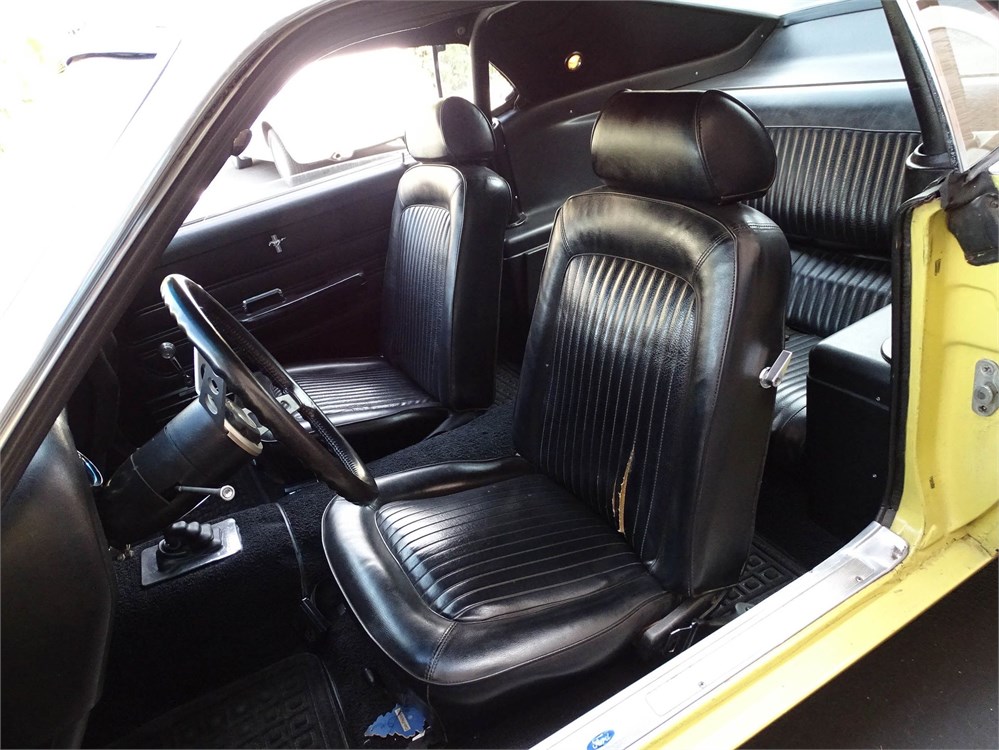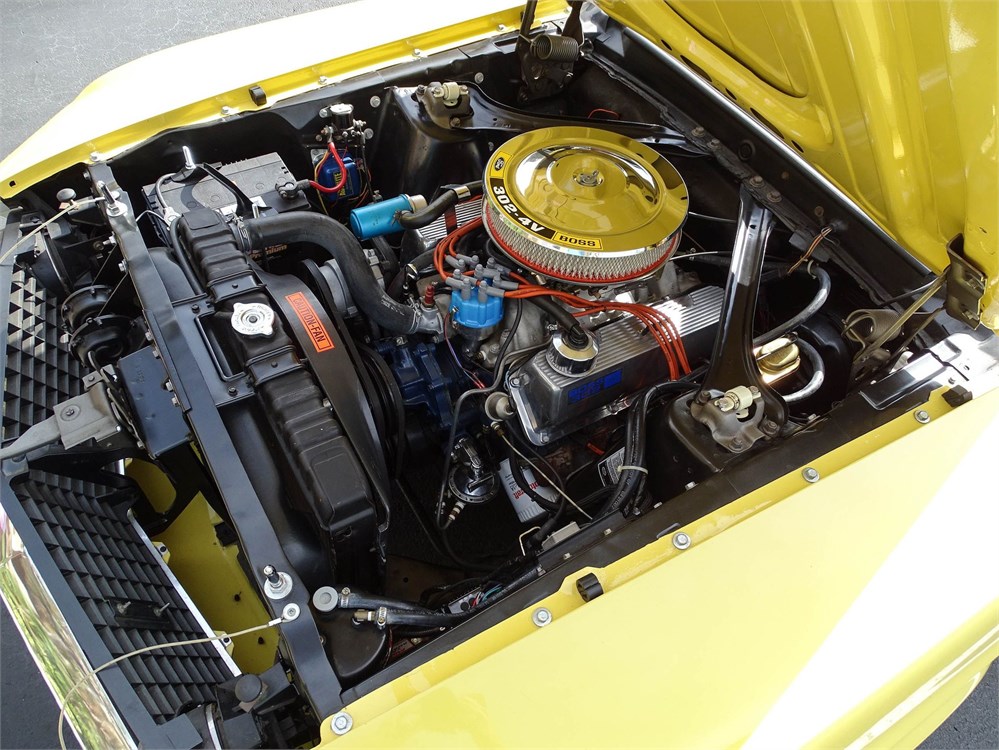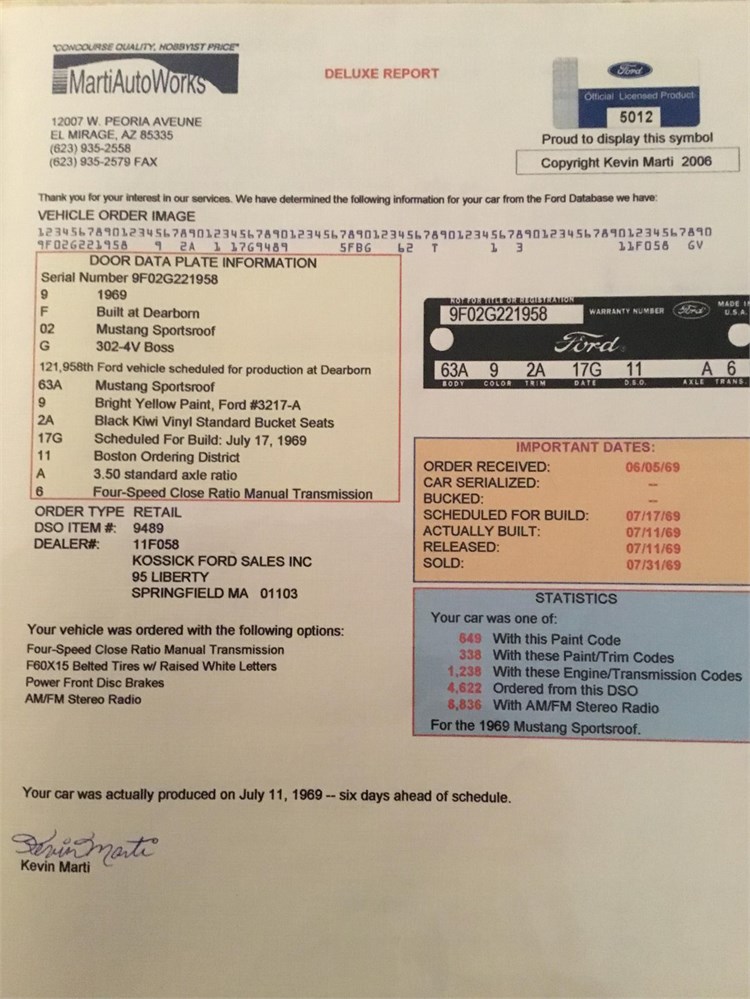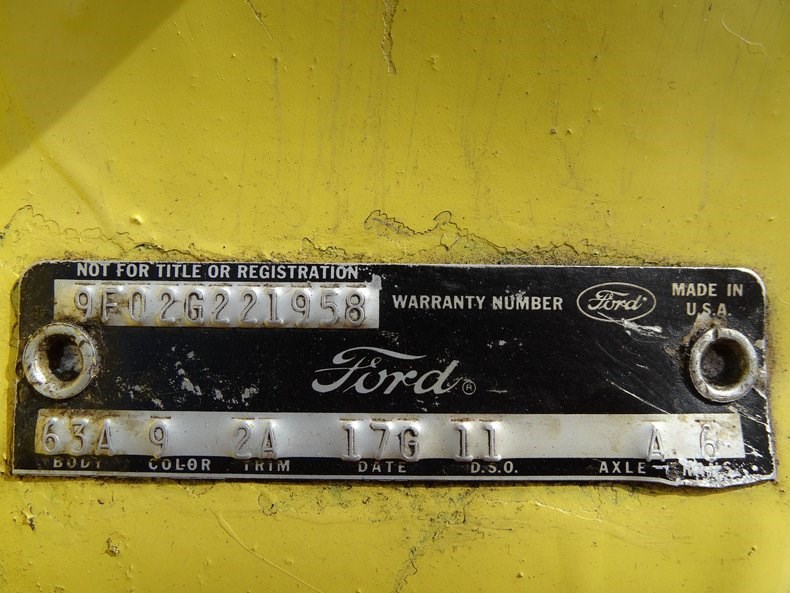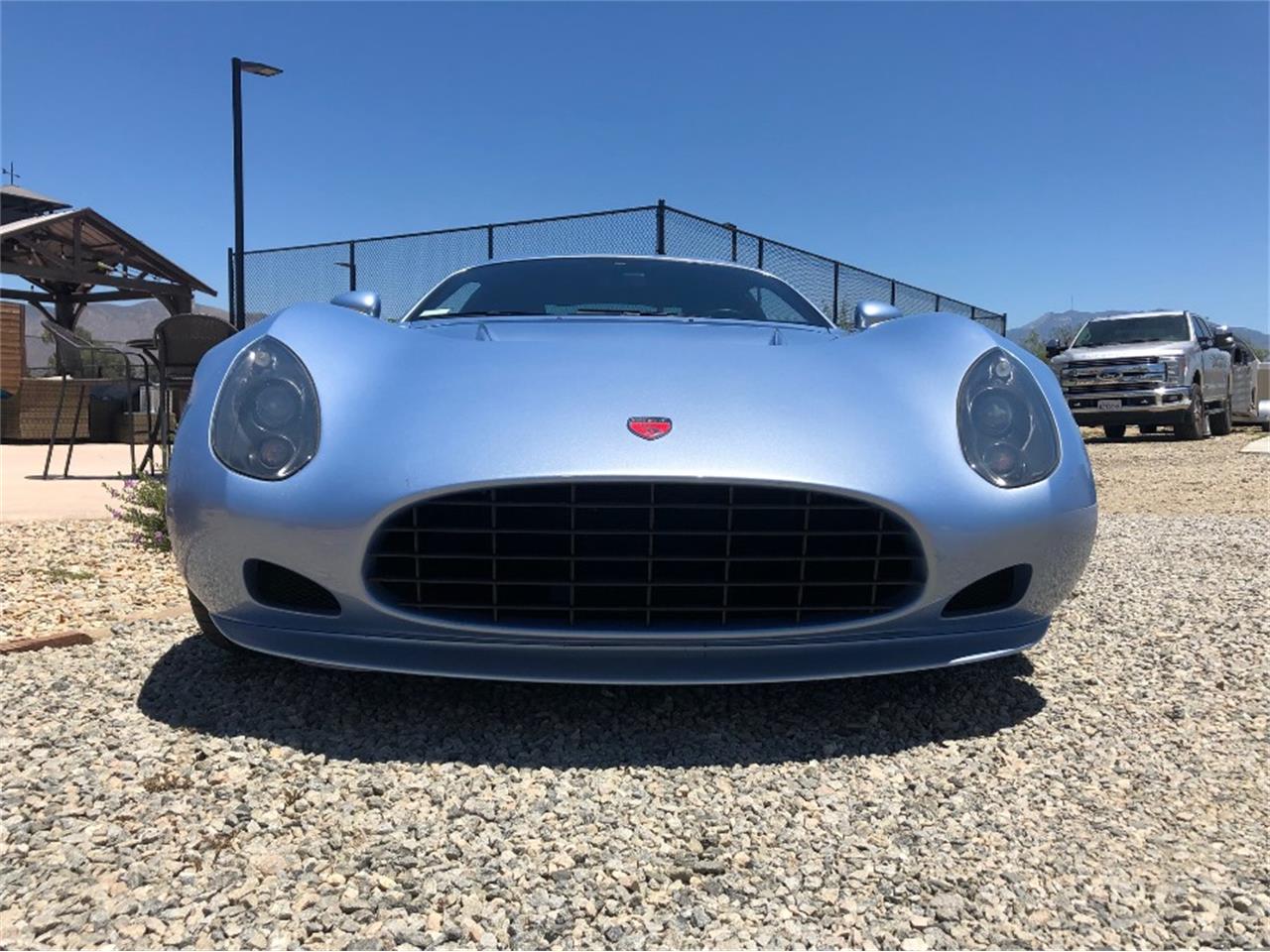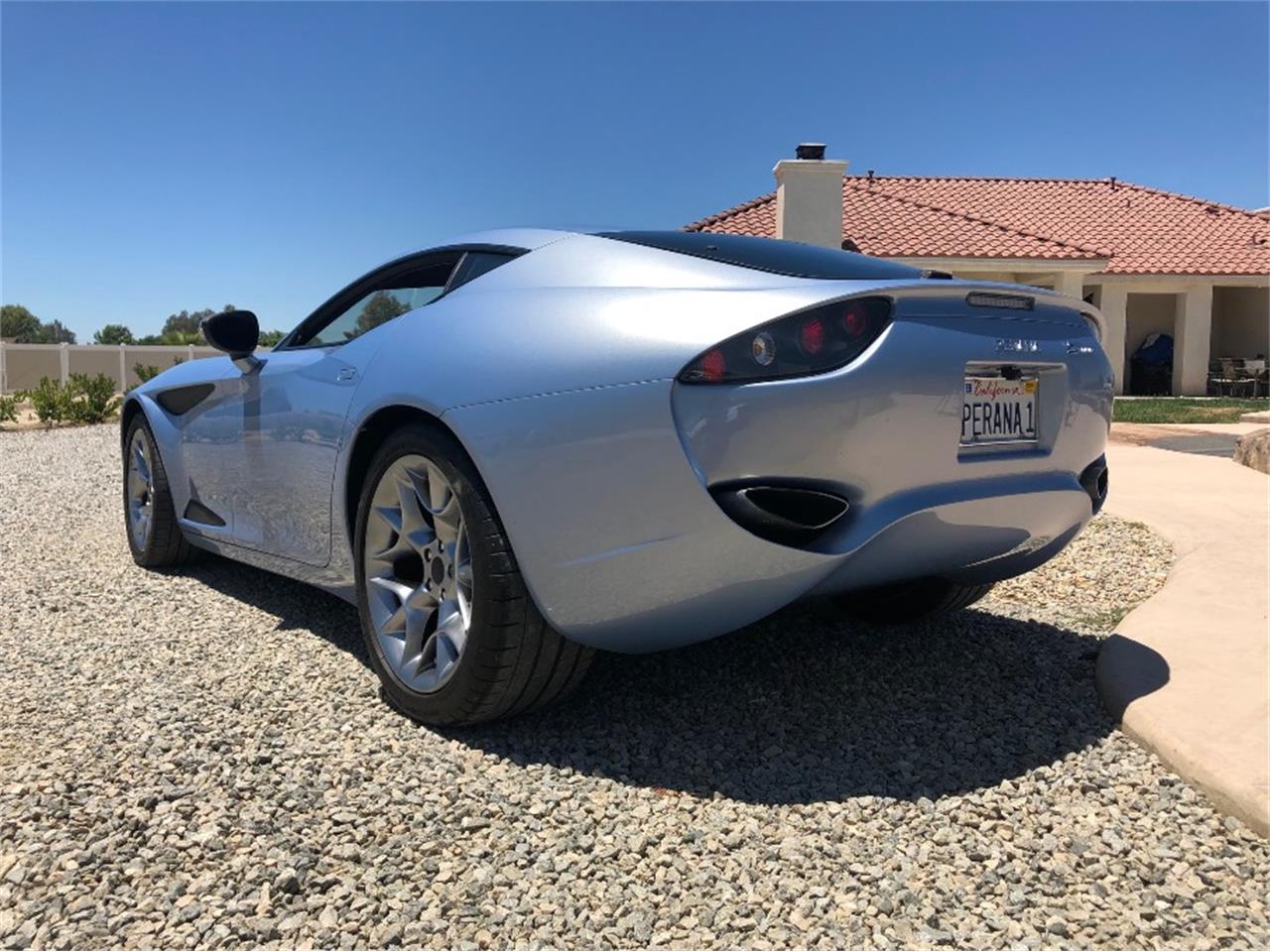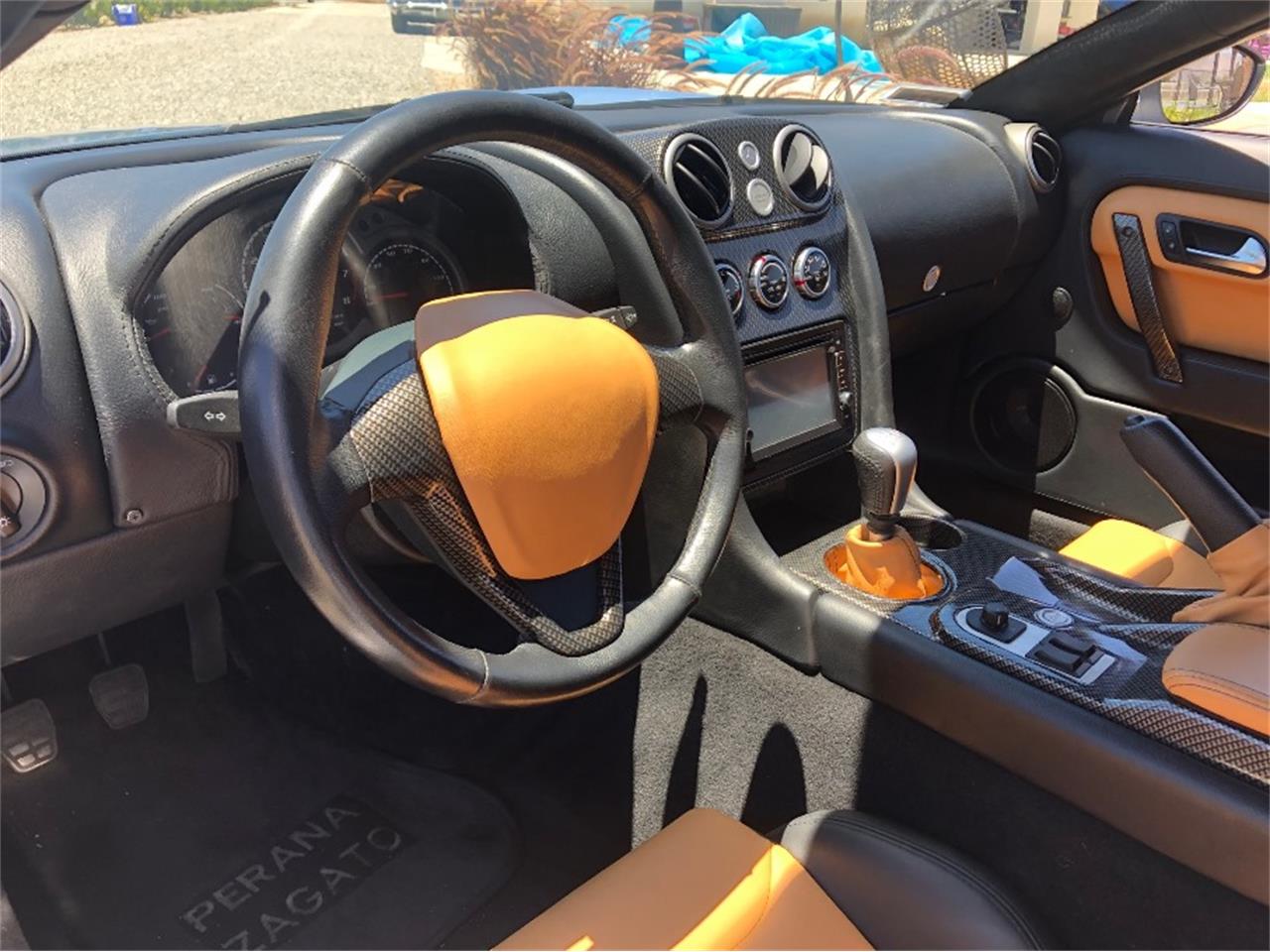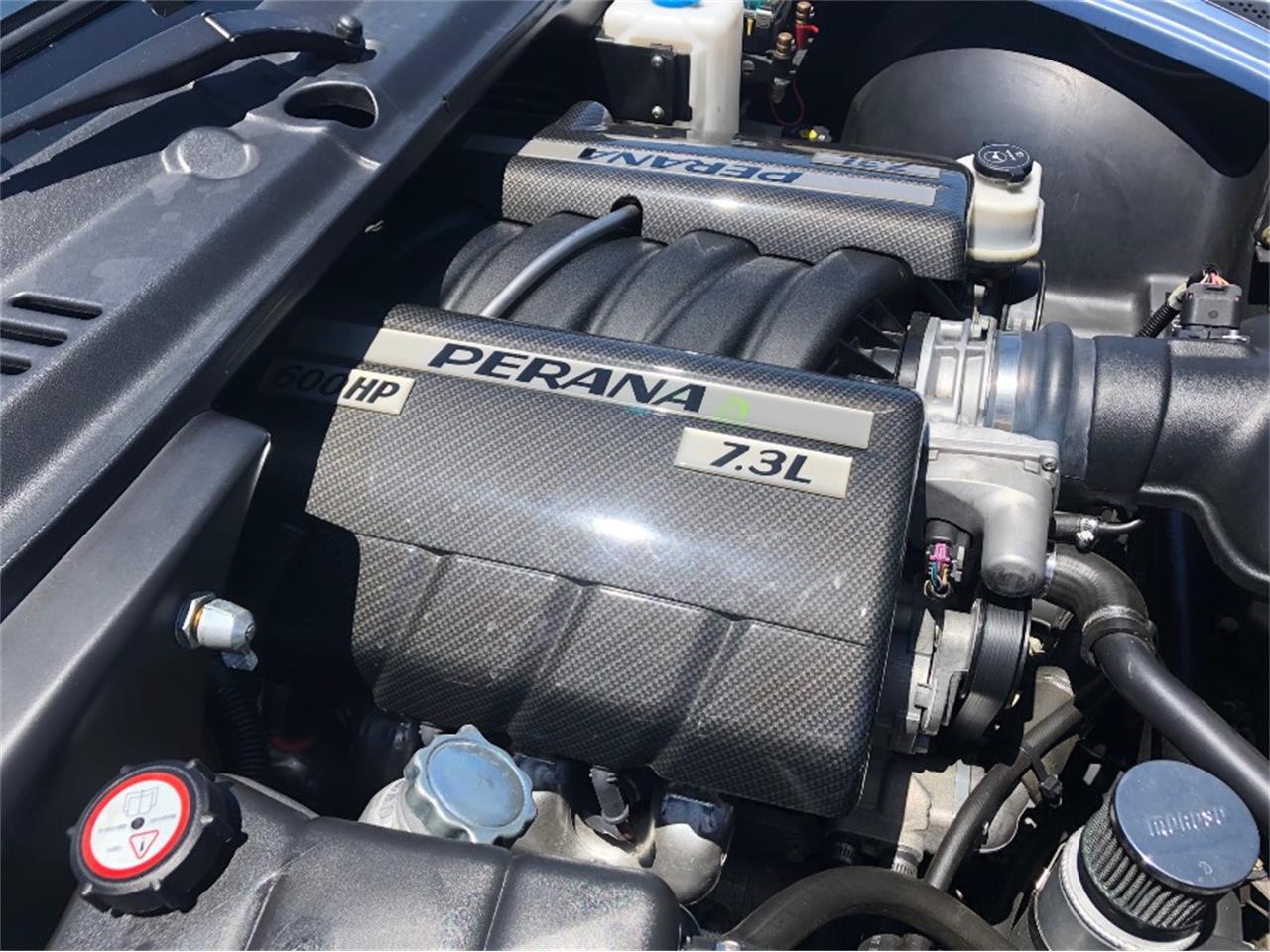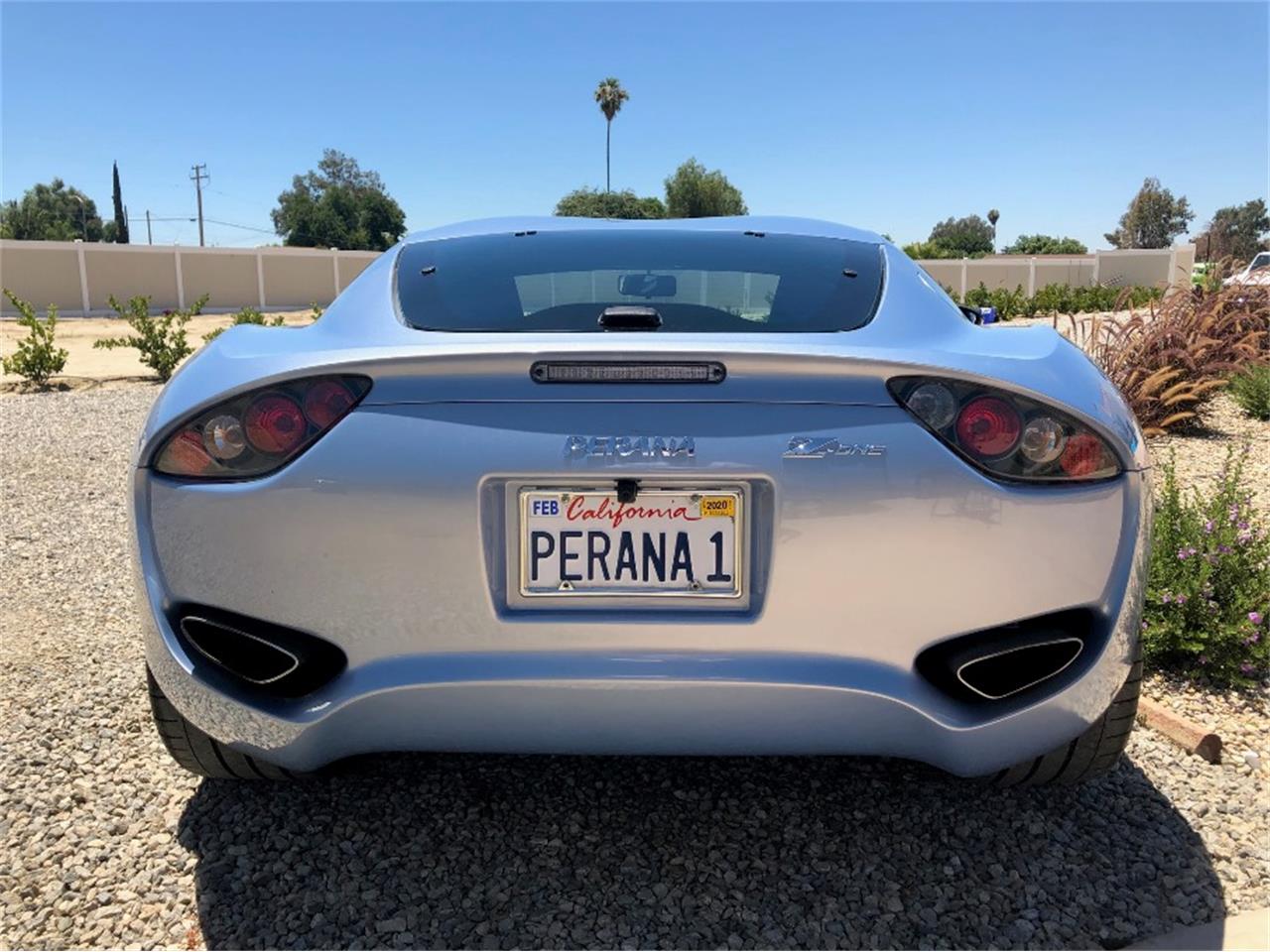Thank you for making time in your busy schedule to look at the latest results of the always-exciting Hemmings Auctions. The following is a sample of the broad range of vehicles that have recently crossed our virtual auction block. We saw 37 cars, trucks, and more launch between Sunday, January 8, and Saturday the 14th. Twenty-nine of them sold, which comes out to a sell-through rate of 78 percent; this figure included 11 post-auction Make Offer listing sales. Check out the latest consignments by subscribing to the daily Hemmings Auctions newsletter.
1975 Volkswagen Microbus
Reserve: $80,000
Selling Price: $89,250
Recent Market Range: N/A
This late, Volkswagen do Brasil-built Type 2 Microbus looked much older than its 1975 assembly suggested, having been visually back-dated as it was converted to 21-window/cloth sunroof Samba specification. The restomodded, air-cooled VW appeared to be in excellent condition with unblemished two-tone paint, pop-out Safari windshield panels, and a fresh seven-seat interior trimmed in original-style Deluxe tan materials. Its detailed undercarriage looked spotless, and new electrics plus a restored original 1,584-cc flat-four and four-speed manual drivetrain promised full functionality with no leaks or other issues. Ample quality photography helped push this Bus to an impressive sale result.
1972 Buick GS 455
Reserve: $85,000
Selling Price: $94,500
Recent Market Range: $75,000-$105,500
While its power output may have been down for 1972, Buick’s GS 455 enjoyed pleasantly uncluttered styling and ample comfort that year. This numbers-matching Stage 1 convertible enjoyed a documented restoration that netted it numerous concours awards, and its condition at the time of the listing appeared showroom fresh. The stylish Flame Orange paint and Parchment vinyl-upholstered interior had no noted flaws, and equipment included working A/C and an 8-track/AM radio sound system. The eponymous 455-cu.in. V-8 and column-shifted TH400 transmission were rebuild and worked properly. Five videos and a huge selection of photos were instrumental in the rare Buick achieving a fine hammer price.
1949 Triumph 2000 Roadster
Reserve: $30,000
Selling Price: $33,600
Recent Market Range: $25,000-$39,500
The postwar, pre-“TR” Triumph Roadster is a very rare sight today, especially in the U.S. This museum-displayed example featured an older restoration with no mechanical maladies divulged. The quality of the paint finish was noted as having “not exceptional quality,” but the ash-framed body was said to be corrosion-free like the separate chassis. The suspension, steering, and brakes were said to benefit from attention, but the four-cylinder and three-speed transmission worked with minor fluid weeps. It’s believed the interior’s intact leather upholstery was original, and the “+2” occasional dickey seats added period charm. The honest presentation of this Triumph helped it sell well.
1957 Cadillac Series 62
Reserve: $67,000
Selling Price: $39,900
Recent Market Range: $64,150-$82,450
The selling price of this Make Offer listing Cadillac Series 62 was surprising, considering its average market range figures. The convertible was said to have recently received both mechanical and cosmetic restoration in key areas, although its body paint was noted to contain some chips and blemishes. Its soft top looked new and the black vinyl upholstery was inviting, as was the whole interior. The seller divulged the 62’s heater was inoperable and that its power steering system had a leak. Supplied images from the car’s restoration showed corrosion on the undercarriage, which may have made bidders uneasy; the seller answered many questions, and the car eventually went to a new home.
1934 Ford Pickup
Reserve: $34,000
Selling Price: $42,000
Recent Market Range: $30,100-$48,500
Blue Oval fans found a lot to appreciate in this 1934 Pickup street rod since it hid many Ford components under its classic skin. With tidy chrome and minimally damaged paint covering a body promised to be an all steel, the truck looked very nice. Its black-vinyl-upholstered interior contained a banjo-style wheel on a tilt column, modern stereo, and VDO gauges (note, the speedometer required GPS calibration). A 1951 239-cu.in. flathead V-8 topped with twin Stromberg carbs and a modern alternator was mated to a C-4 automatic for sprightly performance, and an independent front suspension and front discs provided safety and comfort. An impressive 28 bids confirmed the Ford’s desirability.
1970 Dodge Challenger
Reserve: $99,000
Selling Price: $78,750
Recent Market Range: $82,100-$115,500
This Challenger convertible rolled out of the factory in 1970 with a 318-cu.in. V-8 under its hood, but some 17 years ago, it received a mega heart upgrade in the form of Hemi heads and a displacement change to 535-cu.in. That engine and the TorqueFlite automatic behind it were said to run and drive well. Power front disc brakes, power steering, and an upgraded suspension were all on board to corral the engine. Minor paint blemishes were divulged, but reportedly there was no rust in the body; a rip in the driver’s seat vinyl and disconnected tachometer were the largest issues for the black vinyl interior. The Dodge nearly reached its low market range when it sold as a Make Offer listing.



